Hey guys, are you struggling with how to grow hydroponic kale? Then you have come to the right place. Since fate brought us together, learning some hydroponics growing skills is worthwhile.

Kale, also known as collard greens and cabbage leaves, is a leafy vegetable belonging to the cruciferous family, which belongs to the same plant species as vegetables such as broccoli, cabbage, and cauliflower that we usually see.
Kale is rich in many nutrients, including vitamins A, C, and K, as well as potassium, calcium, and fiber. These trace elements have many benefits for the human body. Regular consumption can prevent chronic diseases, promote eye and skin health, strengthen bones, and improve human immunity.
Because of its low calorie and high fiber content, it helps to control weight and maintain a healthy digestive system, so many fitness enthusiasts love it, and it has become an indispensable existence in most families' daily meals.
In this article, I will list some tips for grow hydroponic kale and some good hydroponic grow systems (you can ignore them if you want to learn about growing tips). Since then, fresh hydroponic cabbage can be harvested all year round. Let's start!
How to grow hydroponic kale?
Most people are not unfamiliar with hydroponics, but for novice gardeners, it is necessary to explain again. Guys who already have a hydroponic system can skip this part and read: A Step-by-Step Guide to Growing Kale Hydroponically?
Put, hydroponics is the practice of growing plants without soil. For example, prepare a water tank or water-carrying container, place a mesh pot on top of the container to support the plants, replace the ground with a growing medium, fill the tank with water and nutrient solution, and provide light for the plants to create a suitable environment for plant growth.

Here's an materials list for grow hydroponic kale:
- Plastic container or container
- Basin
- cultivation medium
- Nutrient solution
- pH Test Kit
- Conductivity (EC) Meter
- Air Pumps and Air Stones
- water pump
- timer
- Grow lights
- trellis or support system
- Thermometers and Hygrometers
For the exact hydroponic method and the principle of establishing a hydroponic system, please read my previous articles:
Once you understand hydroponics and how to set up a hydroponic system, you can start building a hydroponic growing system for kale.
However, I know preparing all of these can be challenging for beginners, and you also need to gain expertise. Luckily, several new innovative hydroponic growing systems are available now, making it easier for you to start your hydroponic gardening.
If you're interested, try the LetPot Max hydroponics garden, which features innovative automatic watering and nutrition features and app integration. With these features, you can start hydroponics effortlessly, even as a novice gardener.
Learn about LetPot® and customer stories:
A Step-by-Step Guide to Grow Hydroponic Kale
1. Choosing the Right Variety of Kale for Hydroponics
The variety of kale is not the only one. After continuous cultivation, different varieties have been extended. Common varieties include Siberian Kale, Red Russian Kale, Lacinato Kale, and Dwarf Green Curly Kale. Let us understand the differences between different varieties. We will Explain the four aspects of appearance, leaf texture, and taste:

Appearance: Larger, ragged, and dark green leaves, thick rhizomes
Leaf Texture: The leaves are relatively thick
Taste: Has a strong kale flavor

Appearance: Leaves are flat, jagged, gray-green, sometimes with red edges or veins
Leaf texture: The leaves are relatively thin and tender
Taste: sweet, tender

Appearance: The leaves are long and narrow and dark green, with a smooth surface
Leaf Texture: The leaves are broad and slightly wrinkled
Taste: Soft and somewhat nutty

Appearance: The leaves are small and tightly curled, dark green in color, curly in shape, with a wrinkled texture
Leaf texture: The leaves are thick, firm, and tender
Taste: Has a strong kale flavor with a bit of bitterness and a nutty aroma
The leaves of these four varieties are thick and nutritious. No matter which variety you choose, it is very suitable for hydroponic planting. We chose Lacinato Kale ourselves. Of course, you can select one of them according to your needs.
2. How to Germinate Hydroponic Kale Seeds
After selecting the seeds, we need to germinate their seeds before we can transplant them into our hydroponic system. The next step is a seed germination step.
Specific steps are as follows:
1. Germination container: Prepare a suitable container for seed germination, such as a seed tray, seed cup, or seedling tray.
2. Growth substrate: Choose a substrate suitable for seed germination, such as seed germination soil or vermiculite particles.
3. Sowing: Spread the kale seeds evenly on the surface of the substrate, not too densely. Then press the seeds lightly so they are in firm contact with the substrate.
4. Humid environment: keep the substrate moist but not too wet. Moisture can be blasted with a spray bottle or placed in a pan with a soaked bottom to allow the substrate to absorb water through the bottom.
5. Suitable temperature: Place the germination container at a suitable temperature, usually between 20-25 degrees Celsius. A warming pad or greenhouse environment can be used to provide a steady temperature.
6. Illumination control: Illumination is not very critical during the seed germination stage. You can place the container in a low-light location or cover the container with a shade cloth.
7. Germination observation: Continuously observe the germination of seeds. Generally, kale seeds will begin to germinate within 7 to 14 days.

In my experience, you need to provide the proper humidity, temperature, and substrate conditions; kale seeds should be able to germinate and grow into healthy shoots.
3. Transfer to your hydroponic system after rooting and sprouting

Once the seeds have germinated and the first true leaves appear, you must be patient and wait for the kale roots to develop about 3-4 weeks later. At this point, you can transfer the seedlings to the hydroponic system.
4. Water quality and Ph value of hydroponic kale

When planting plants in a hydroponic system, you need to pay attention to the pH range of the water, and the ideal pH range of hydroponic kale is between 5.5-6.5. If the pH value in the water quality is high or low, you need to use a regulator to adjust it appropriately The pH of the water.
We usually use treated or purified water to ensure no harmful substances or microorganisms are in the water. The water temperature is also worth noting, preferably between 20°C and 25°C. Avoid using too hot or cold water, as extreme temperatures can cause damage to the plant's root system.
5. Nutrient solution for hydroponic kale

The nutrient solution is essential when we grow plants in hydroponics, but different vegetables require different nutrient solutions, which must be paid attention to when hydroponics kale. The primary nutrients of hydroponic kale include nitrogen, phosphorus, and potassium, but it also needs iron, zinc, manganese, copper, molybdenum, and other trace elements.
The EC range (nutrient intensity) must be maintained when hydroponically growing kale: between 1.2 and 2.2. The specific range of EC value will also vary due to planting environment, plant growth stage, and variety differences. EC value may need to be adjusted in different growth stages, such as seed germination, seedling, and maturity stage. Therefore, during the planting process, it is imperative to regularly detect and adjust the EC value of the nutrient solution to ensure that the plants receive an appropriate nutrient supply and avoid excessive or insufficient salt concentrations that adversely affect plant growth.
Methods for measuring EC values include using a conductivity meter or EC instrument. These tools can accurately measure dissolved salt concentrations in hydroponic systems, thereby helping growers control and adjust the formulation and concentration of nutrient solutions to maintain the appropriate range of EC values.
6. Lighting of hydroponic kale

Good light is essential when hydroponically growing kale. Light is the energy source necessary for photosynthesis and the growth of plants. I use hydroponic kale indoors, and I use grow lights; here are the light requirements for hydroponic kale (for reference only):
Light Intensity: Kale needs 10-12 hours of light per day
Light quality: Kale is the most important for the absorption of blue light and red light. Blue light promotes leaf growth and chlorophyll formation, while red light benefits plant flowering and fruit development. My grow lights are full spectrum lights, so that I can handle that easily.
Lighting distance: Keeping the light source at an appropriate distance from the plant is best to ensure that the light can evenly cover the entire kale plant.
Lighting time: I usually set the light period during the day and night. Usually, I put the light on for 16-18 hours during the day and turn off the plant growth light for 8-6 hours at night. The purpose of this is to simulate the natural sunlight cycle.
7. Temperature for Hydroponic Kale

During the planting process of hydroponic kale, it is also crucial to control the temperature well. Usually, we will artificially control the temperature between 15°C-25°C. This range is the temperature kale prefers for proper plant growth and development. You can use some temperature measuring tools to check the temperature. You need to ensure that there is a thermostat or insulation device to control the temperature within the appropriate range.
Here's a quick guide to hydroponic kale:
- The most suitable hydroponics method: any
- Best planting medium: rock wool cubes
- Temperature: 15°C-25°C
- pH range: 5.5 to 6.5
- EC: 1.2-2.2
- Germination time: 7-14 days
Daily management and maintenance of hydroponic kale
1. Trim hydroponic kale
Regular pruning of kale plants encourages side shoot growth and improves air circulation. Pruning removes dead leaves and side shoots, keeping the plant healthy and tidy.
2. Spacing Hydroponic Kale
Spacing hydroponic kale depends on the plants' size and stage of growth. Small varieties can generally be spaced 15-20 cm apart, while larger varieties may require greater spacing. Allow enough space during planting so that the plant can fully grow and spread its leaves.
3. Pests of hydroponic kale
Common hydroponic kale pests include aphids, whiteflies, and planthoppers. You should inspect your plants regularly, and measures should be taken to prevent and control the reproduction of problems. Environmentally friendly pest control methods such as hand trapping, spraying with soapy water, or using organic insecticides can be used.
4. Diseases of hydroponic kale
Common hydroponic kale diseases include anthracnose, cabbage moth, and blight. Keeping the hydroponic environment clean and ventilated is vital to prevent infection. In case of illness, timely treatment measures should be taken, such as removing infected parts, applying suitable fungicides, etc.
Regularly checking and maintaining the health of your hydroponic kale is critical to ensure proper plant growth. At the same time, pay attention to observing the plants' growth, and deal with pests and diseases in time, which will help maintain hydroponic kale's growth and yield.
Harvesting Hydroponic Kale
The harvest time of hydroponic kale takes about 8-12 weeks to harvest. Of course, the harvest time will vary due to different varieties and growing conditions.
Prepare a pair of scissors when harvesting, and cut off the leaves gently to avoid damaging other healthy leaves and plants while leaving the center leaves and new side shoots of the plant to maintain continuous growth and harvest more kale.
Frequently Asked Questions About Hydroponic Kale
How long does it take hydroponic kale to grow?
Kale usually takes 8 to 12 weeks to grow, but the exact time depends on the variety and growing conditions. Different cultivars can vary, and temperature, light, and nutrient availability can also affect growth times.
How much space does hydroponic kale need to grow?
Kale needs plenty of room to grow so its leaves can fully unfurl. A 15 to 20 cm spacing is recommended for each kale plant, ensuring the plants have enough room to grow and develop.
How deep does the container have to be to grow hydroponic kale?
The container where you grow kale should be deep enough to accommodate the plant's root system. Generally speaking, the depth of the container should be about 15 to 20 cm, which can provide sufficient growth space for the root system.
What is the temperature for growing hydroponic kale indoors?
When growing kale indoors, the ideal temperature range is 15°C to 25°C. Maintaining a steady temperature helps the plants grow and develop properly. Too high or too low temperature may have adverse effects on the plants, so pay attention to indoor temperature control.
How long does hydroponic kale live?
The longevity of hydroponic kale is usually related to its growth cycle. Generally, hydroponic kale can grow and yield for some time, typically several months. The exact lifespan depends on the growth status of the plant, environmental conditions, and management methods.
Conclusion
This article outlines the steps and tips for growing kale using hydroponics. I hope this tutorial was helpful to you.
We welcome your feedback and encourage you to share more knowledge to improve our tutorials. Please feel free to leave your comments as they help other hydroponic enthusiasts learn and achieve better results in their hydroponic gardens. Let's work together to achieve excellence in the field of hydroponics.
Other Plant Hydroponic Growing Tips
If you are also interested in other hydroponic plants, please read related articles.
- How to grow hydroponic cherry tomatoes Indoors: A Detailed Guide
- How to Grow Lettuce Indoors Hydroponically: A Detailed Guide
- How to grow thyme hydroponically: A Comprehensive Guide
- How to grow rosemary hydroponically: A Comprehensive Guide
- How to grow cilantro hydroponically indoors: A Beginner’s Guide
- How To Grow Spinach Indoors Hydroponically: Growing Tips


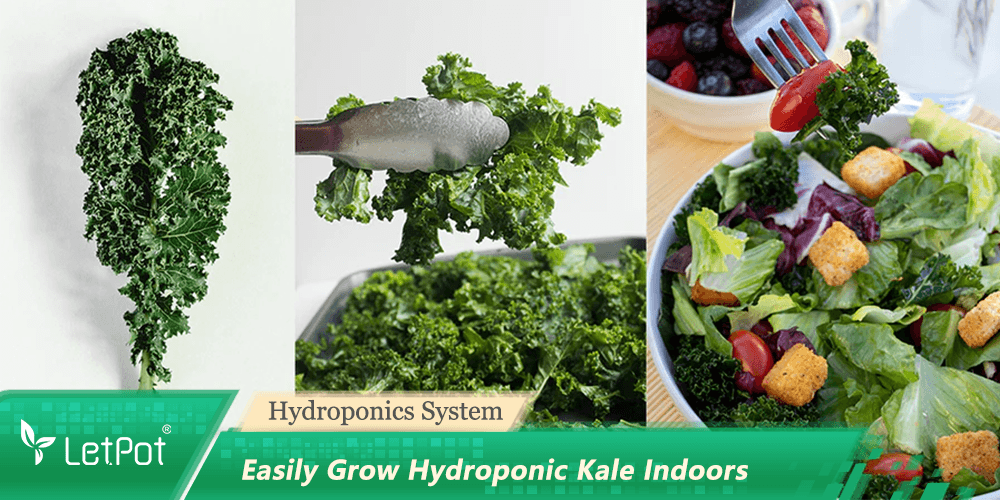


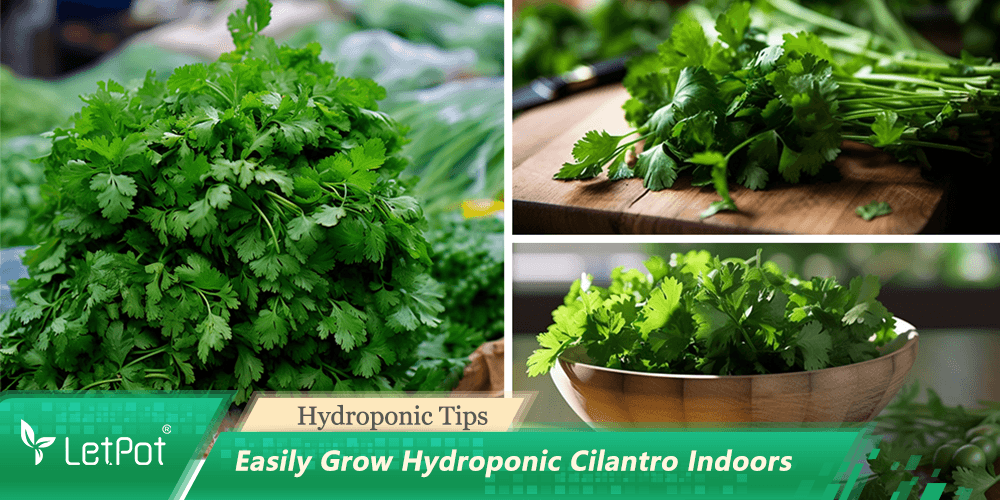
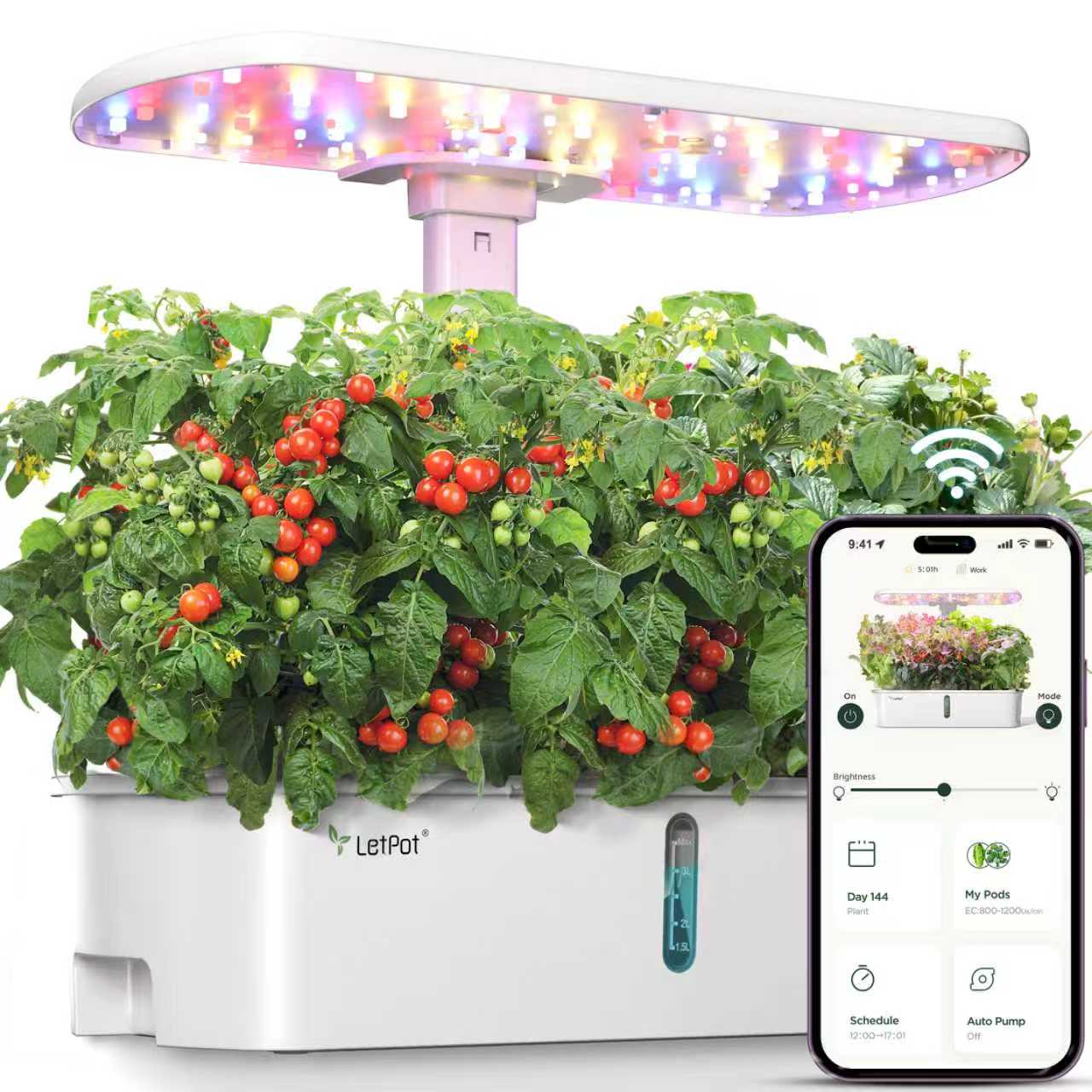
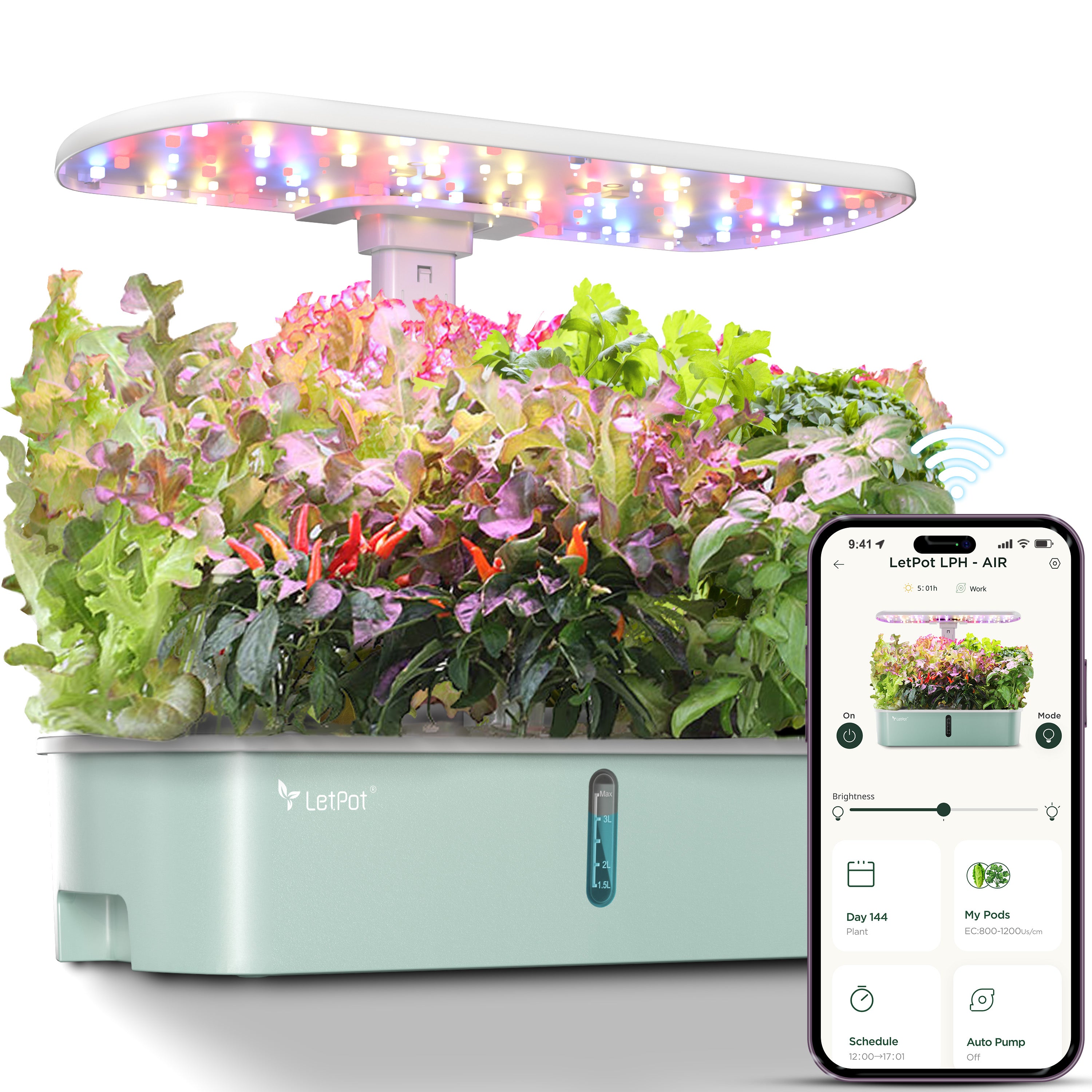
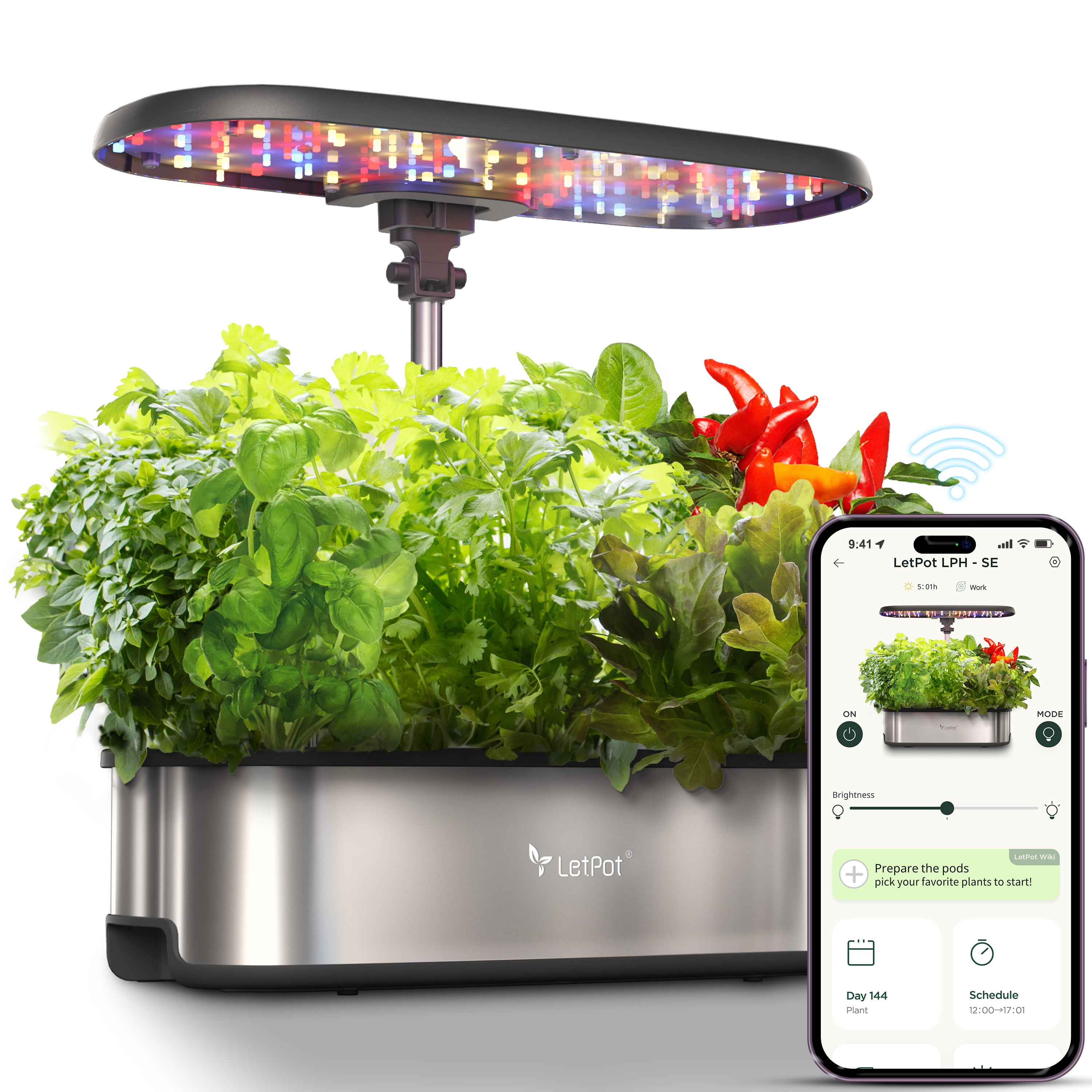
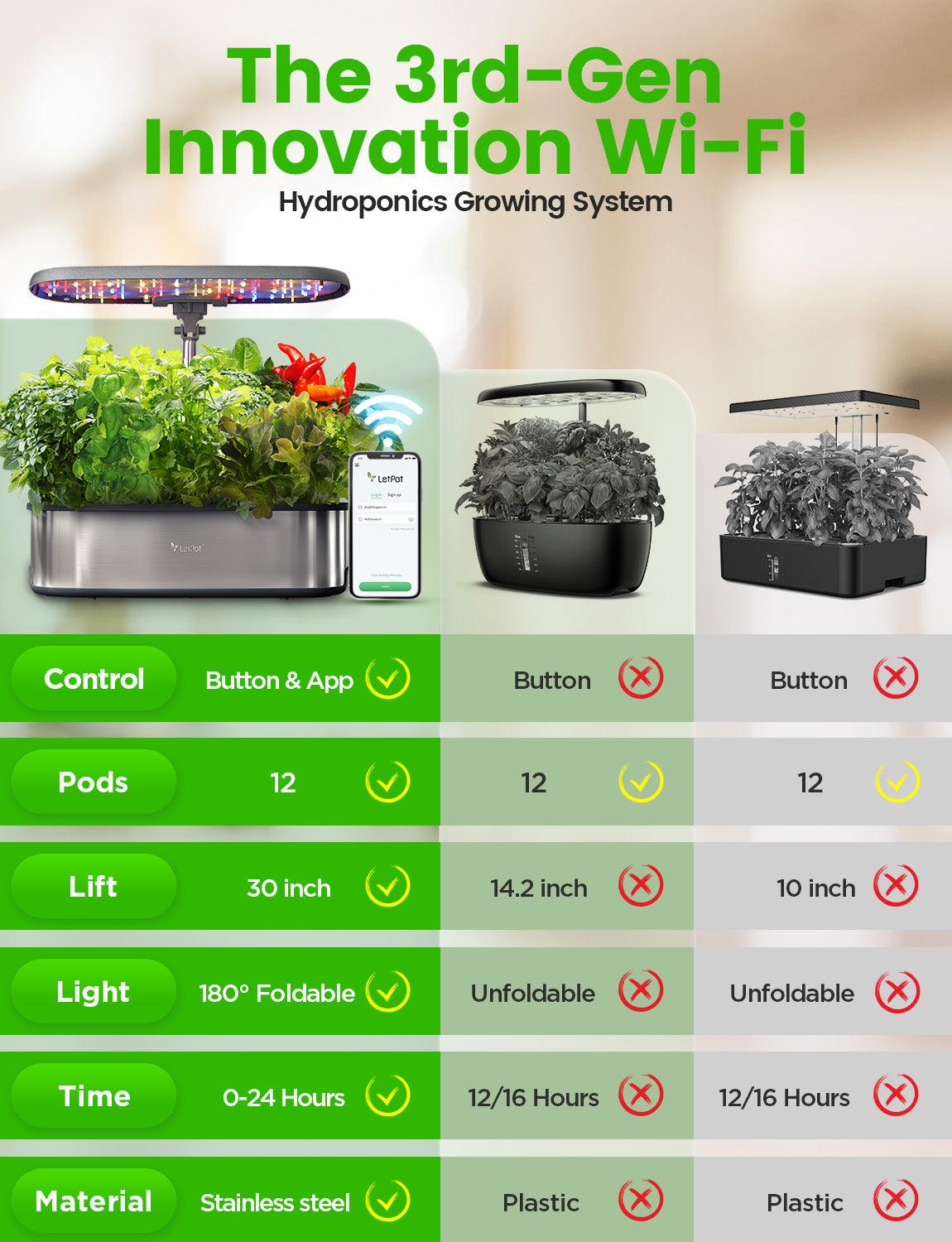
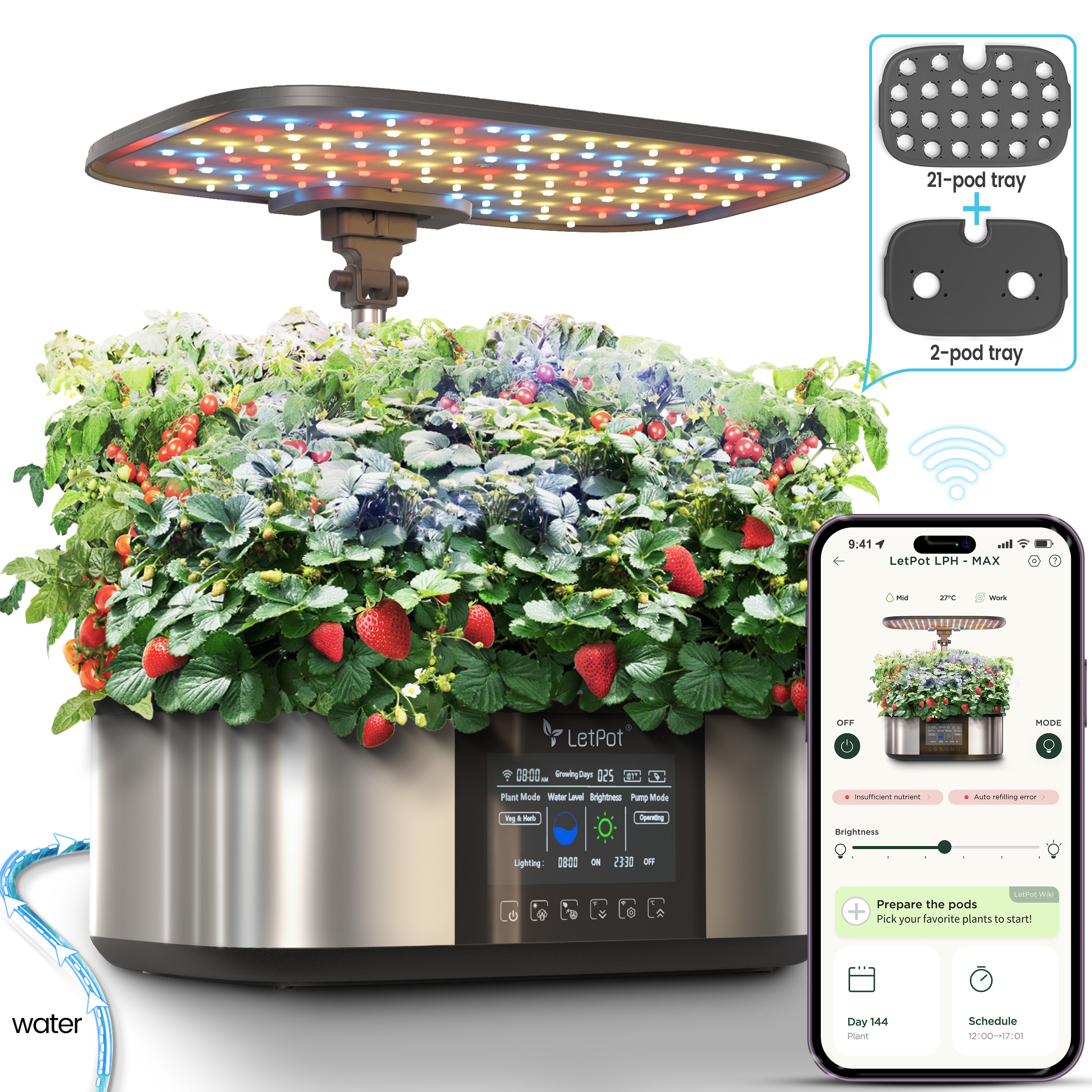
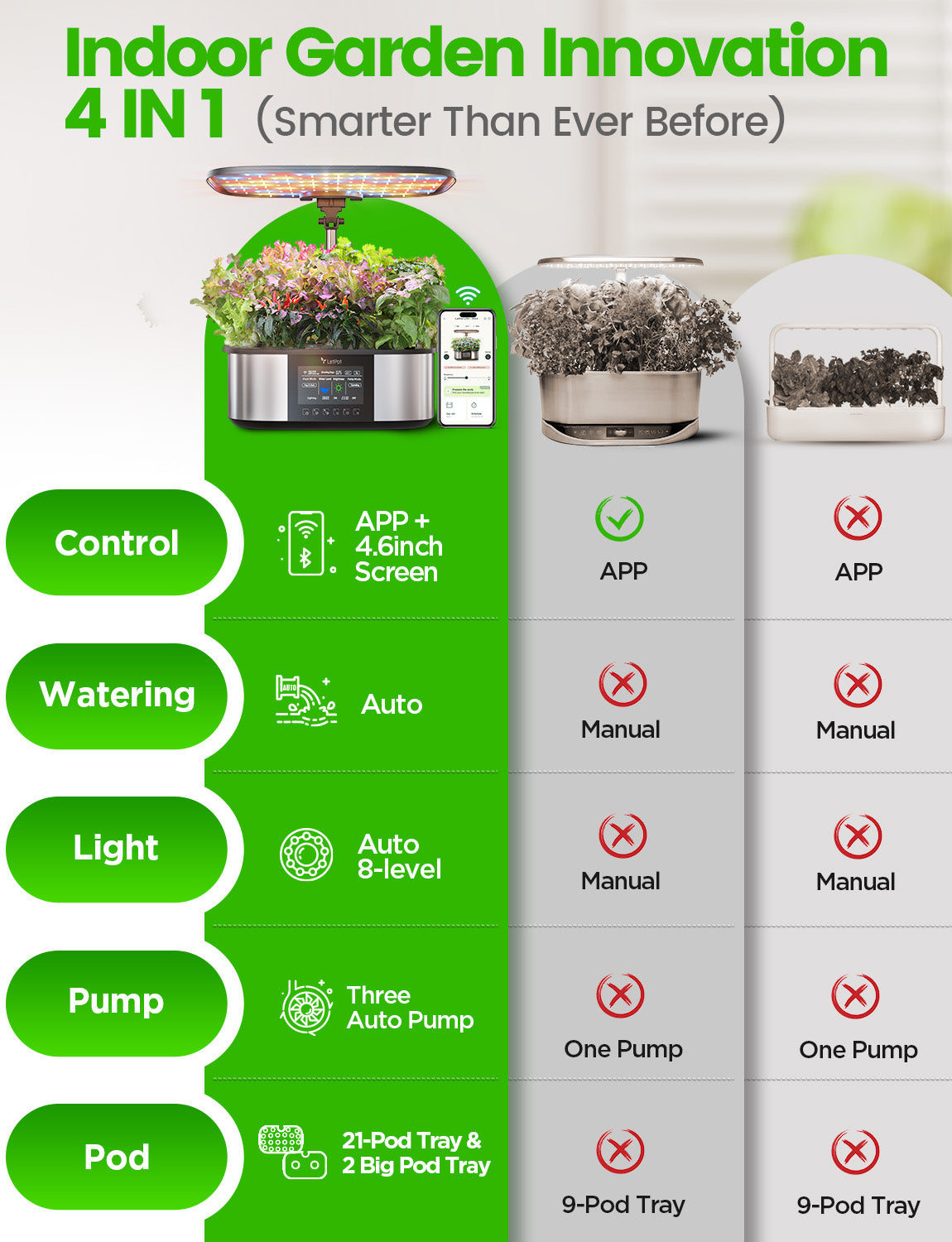
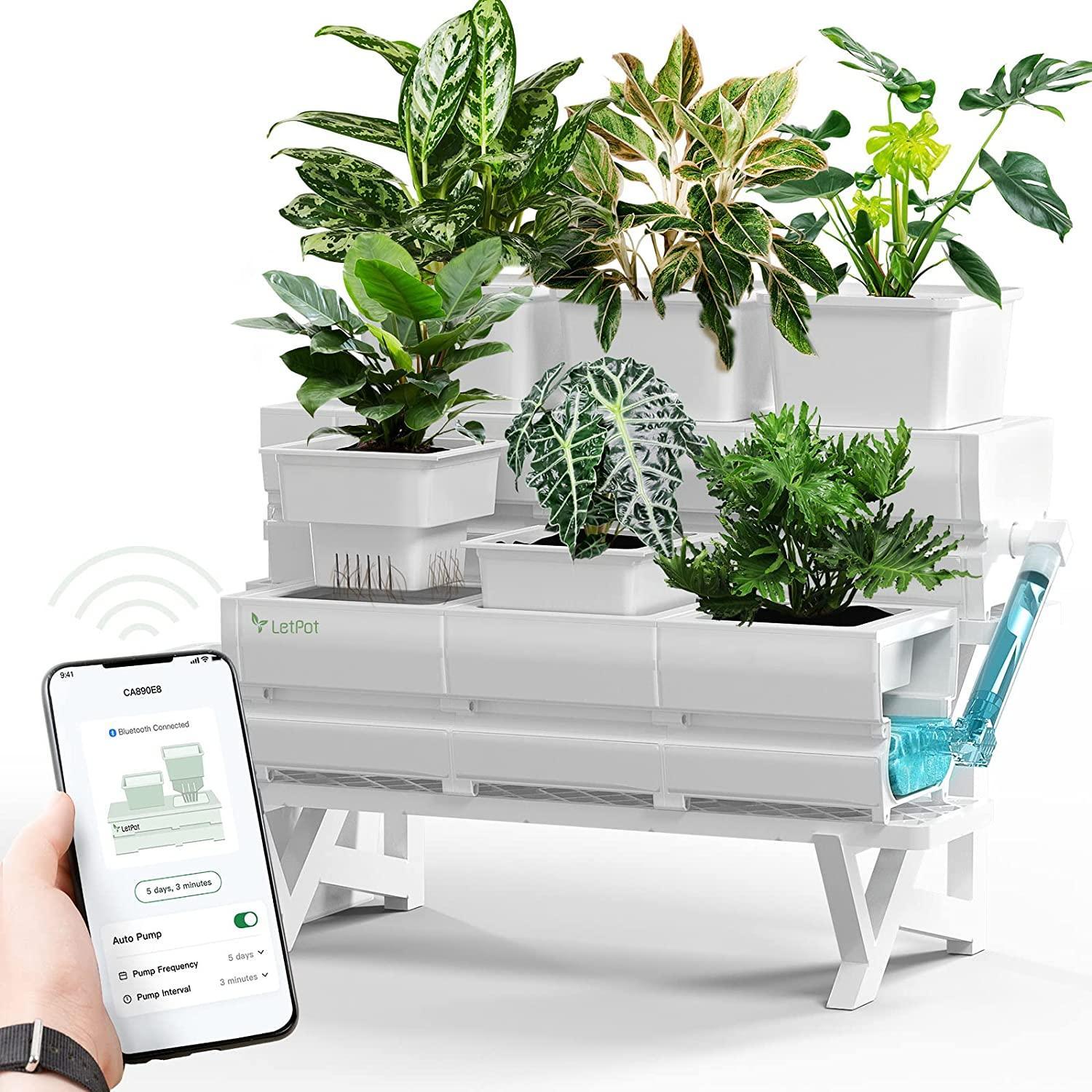
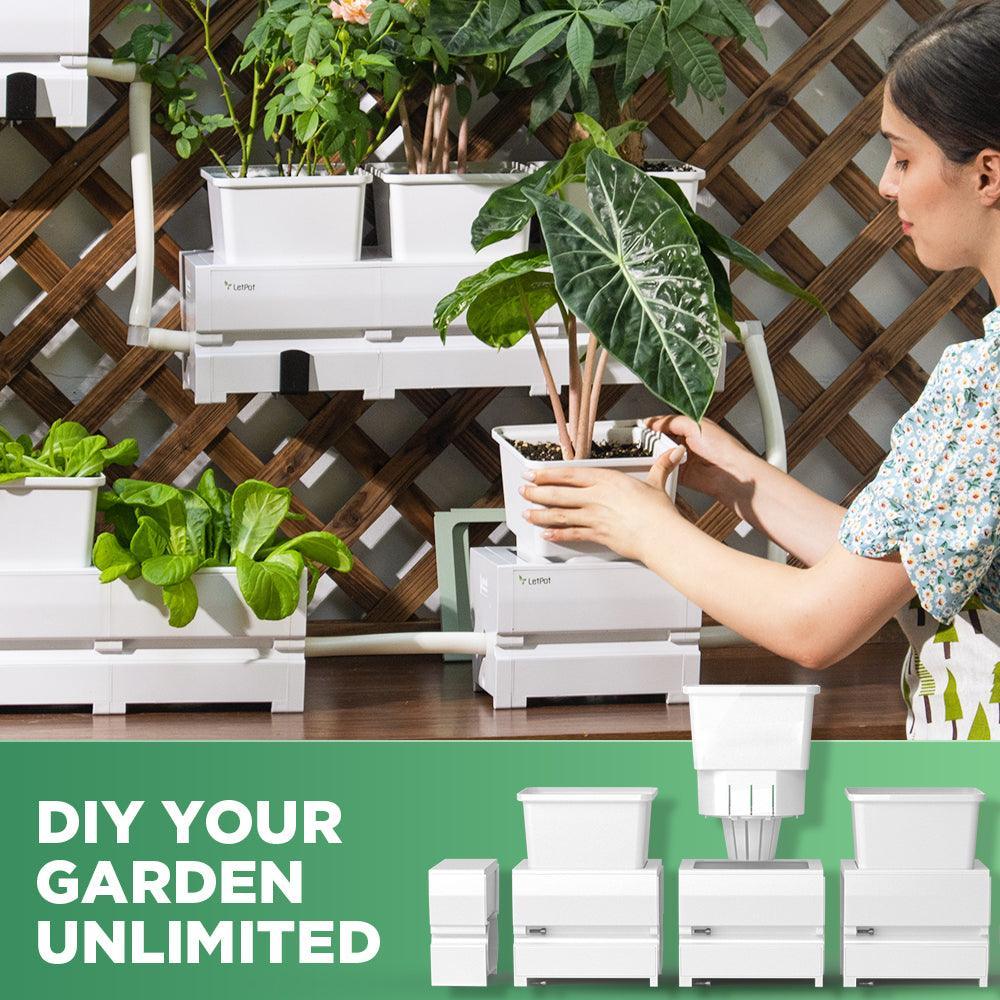
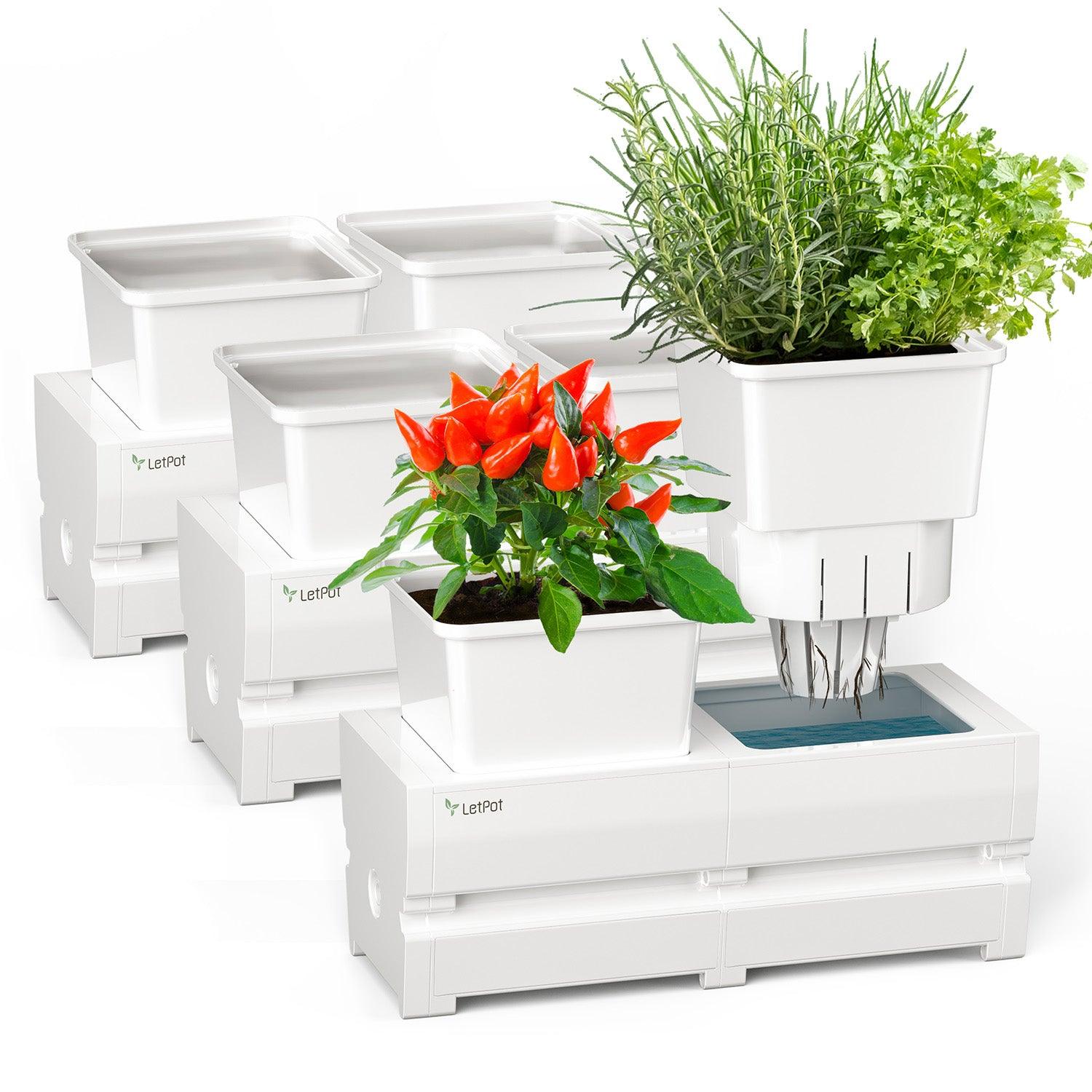


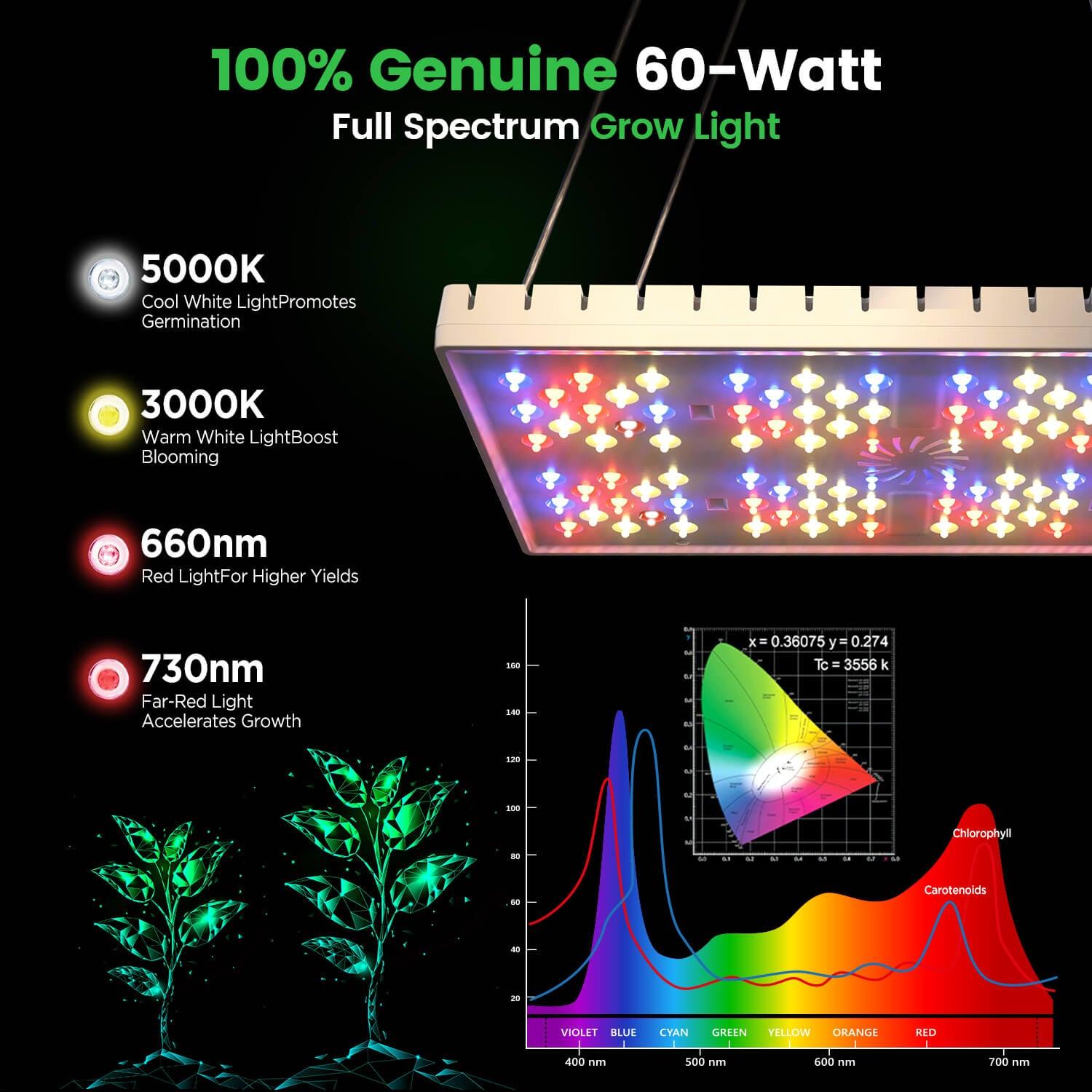
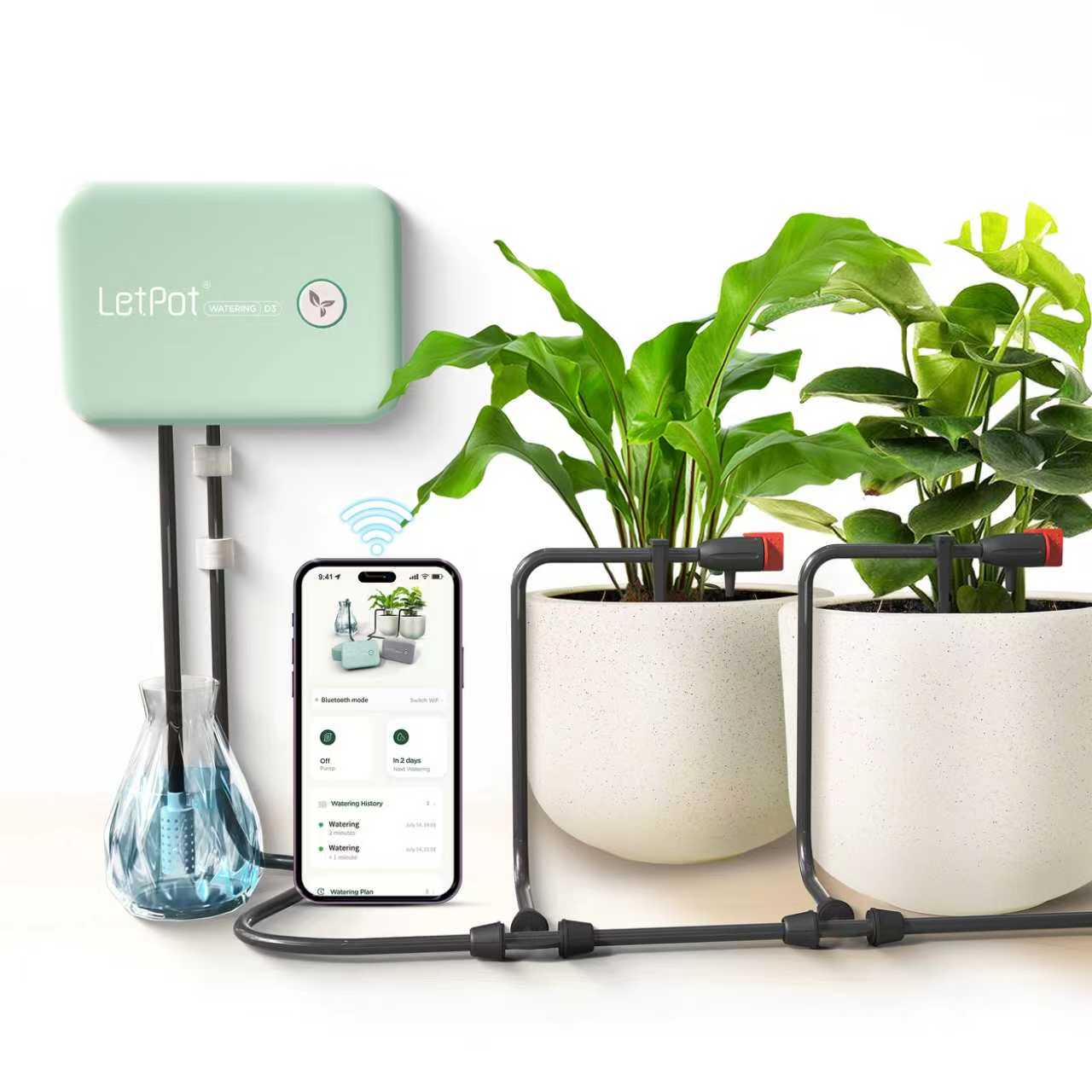

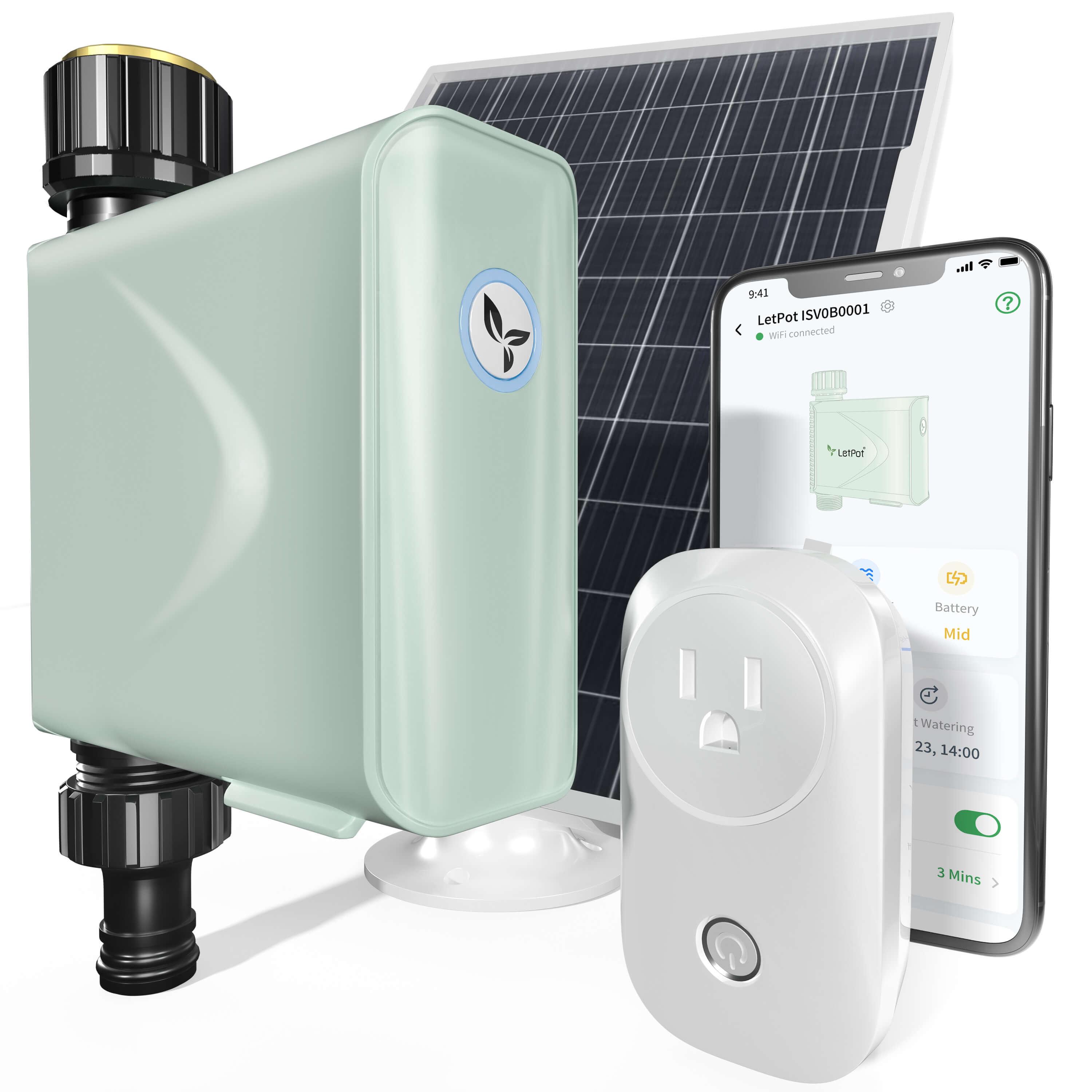
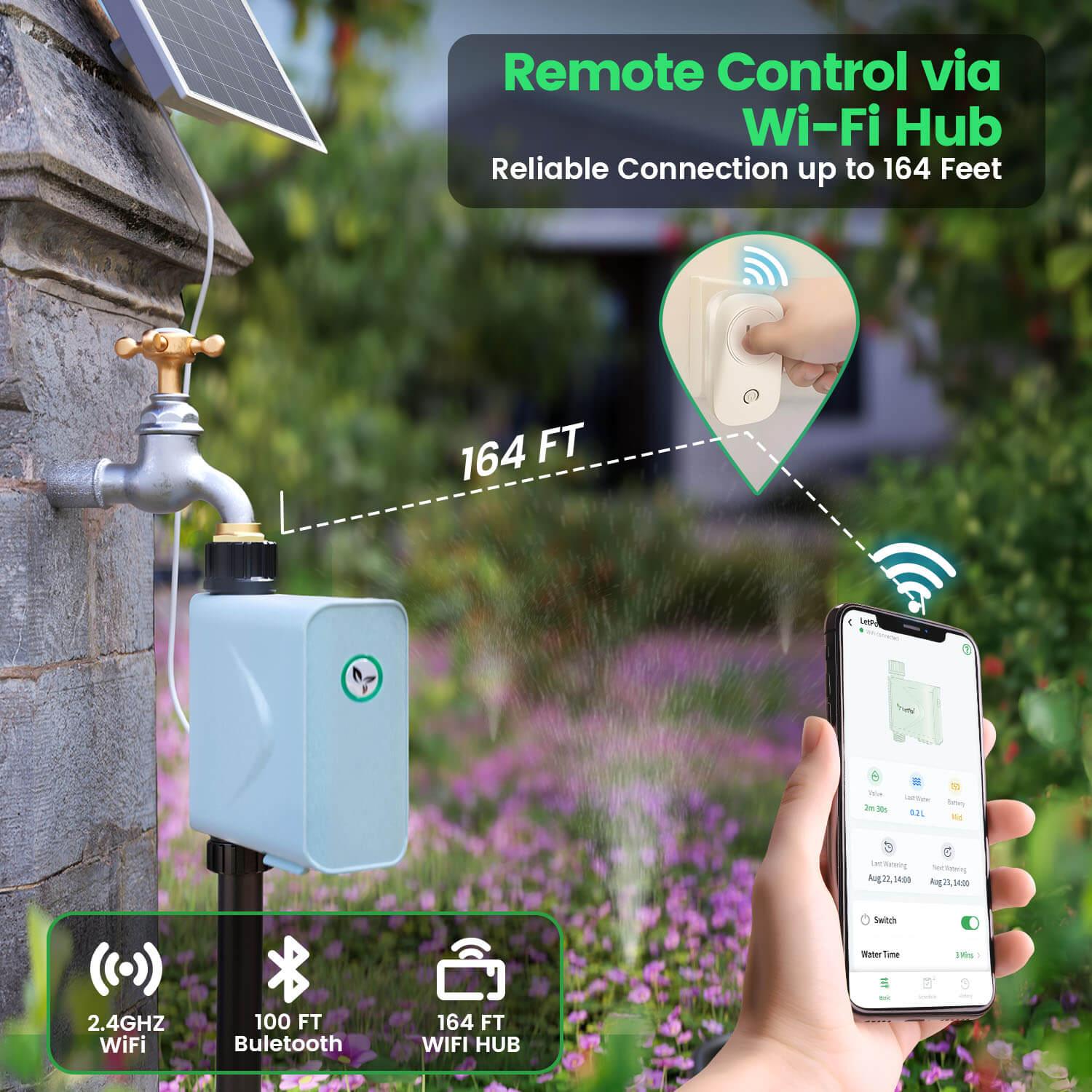

Leave a comment
All comments are moderated before being published.
This site is protected by hCaptcha and the hCaptcha Privacy Policy and Terms of Service apply.